Americans are starting to tighten their purse strings and eat out less, raising alarm bells among restaurant owners that the U.S. economy may be on the brink.
Research firm Circana found that the number of people visiting restaurants fell 2.6 percent during the first half of the year, the Boston Globe reported, a trend driven by years of high inflation and rising consumer debt.
An April survey by the Conference Board showed that nearly 45 percent of consumers planned to reduce or completely eliminate spending on “eating out” over the next six months.
Less than four months later, the economy was rocked by a weaker-than-expected jobs report that had economists wondering whether the United States would slip into a recession.
The side effect of the slow downturn for restaurants is a clear “softening” of demand, according to Steve Clark, executive director of the Massachusetts Restaurant Association.
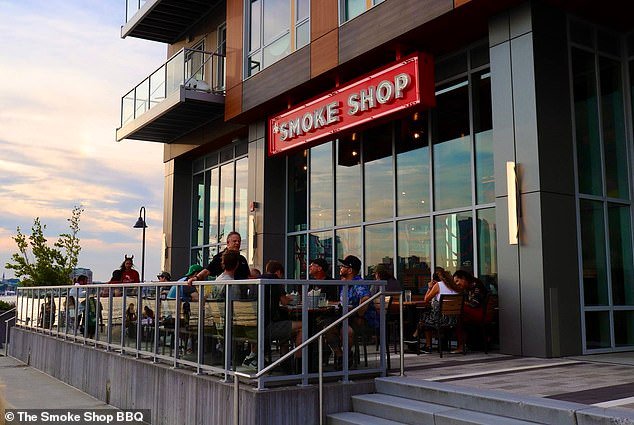
Smoke Shop BBQ, which has several locations in the Boston area, has reported a significant slowdown in sales as customers stop eating out.
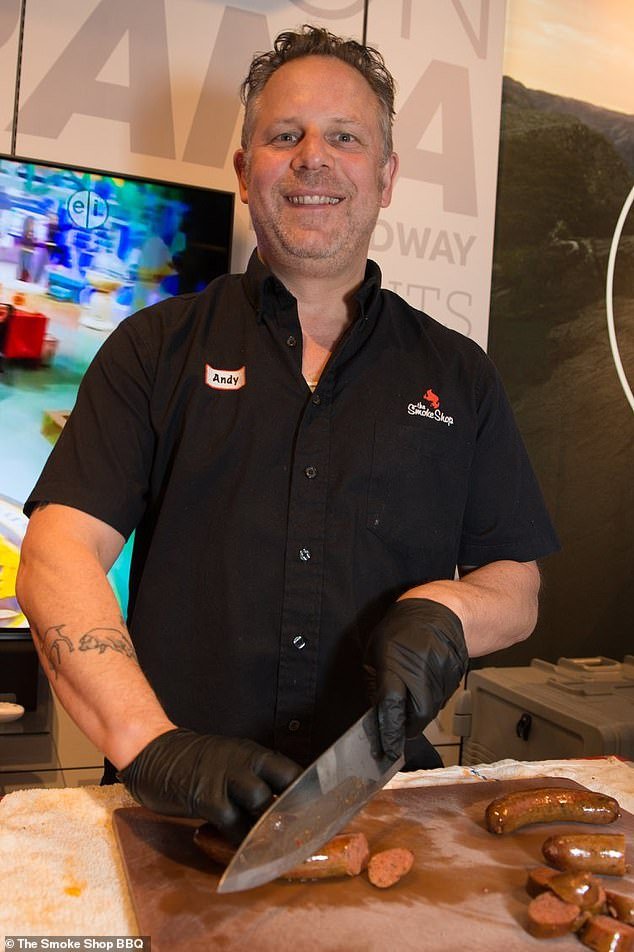
Andy Husbands, a chef who owns several Smoke Shop BBQ locations, said he thinks people aren’t eating out as much because they’re nervous about the election, the economy and rising prices.
Allie Duncan, a 28-year-old marketing manager, told the Globe she used to eat out two or three times a week, something she has now cut back on.
“In the last few months, it seems like eating out is more expensive,” she said. “I only go out to eat with people if it’s a special occasion, to catch up or something.”
In fact, the cost of eating out has become more expensive: even fast-food restaurants have raised their prices by 33 percent since 2019.
In response, chains like McDonald’s, Wendy’s and Burger King have launched discounted meal deals in an attempt to lure cash-strapped Americans this summer.
Andy Husbands, a chef who owns several Boston-based Smoke Shop BBQ locations, said his customers are paying close attention to what they spend for the first time in years.
Husbands monitors the performance of his various restaurants by the number of aluminum trays used to serve ribs, brisket and other meats.
Last year, the number of trays used increased by 3 percent. This year, it has decreased by 1 percent.
“People are nervous about the election, they’re nervous about the economy and everything is expensive,” he said.
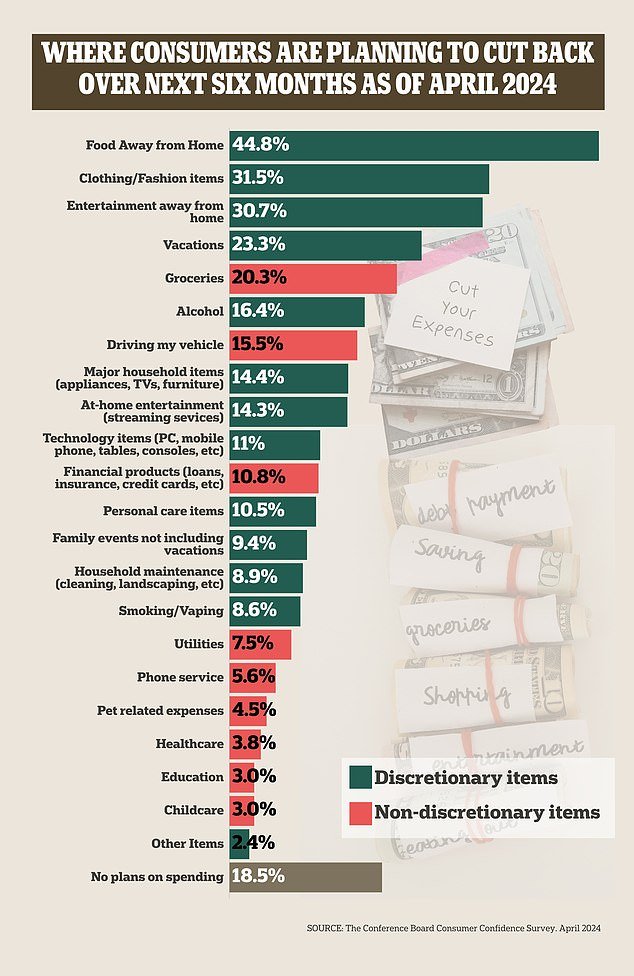
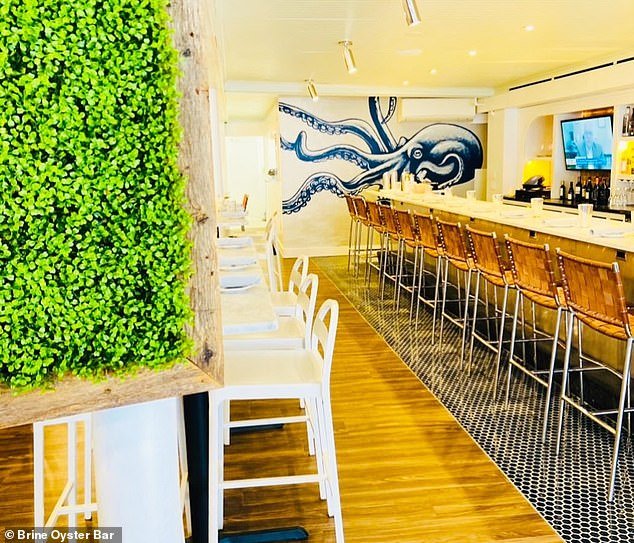
Brine in Newburyport, Massachusetts, had to remove scallops entirely from its menu because of how expensive they were.
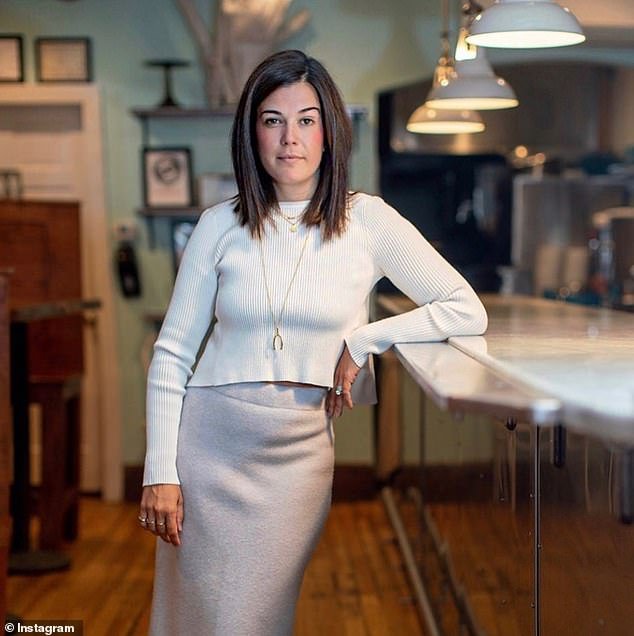
Brine owner Nancy Caswell said she would have had to charge $50 for an entree with four scallops.
In Brine, Newburyport, Massachusetts, a small town just south of the New Hampshire border, the situation is even more dire.
The seafood restaurant had to remove scallops from the menu entirely because their cost rose so much that owner Nancy Caswell said she would have had to charge $50 for an entree that included just four scallops.
“I run a seafood restaurant. I should have scallops,” Caswell told the Globe, adding: “Where’s the value for the diner?”
It had expected July revenue to easily surpass last July’s, but instead it fell 3 percent from the same period a year earlier.
Caswell also noticed that when customers come in, they often choose cheaper bottles of wine, while others just get drinks and an appetizer instead of a full meal.
Shanti, an Indian restaurant in Boston, is trying to attract budget-conscious customers by participating in a twice-yearly city program that offers prix-fixe lunch and dinner menus.

Shanti, an Indian restaurant in Boston, has removed goat from its menu, a meat that has become much more expensive.

Rokeya Chowdhury, left, runs the Indian restaurant with her husband. Despite rising food prices, the couple has managed to keep their most popular entree, chicken tikka masala, priced at just $18.
Through August 17, Shanti is offering a five-course meal for $46. Many of the other participating restaurants are offering three-course dinners for $36.
Rokeya Chowdhury, who runs the restaurant with her husband, said offering deals and discounts like this has become crucial to getting enough business to survive.
To keep prices from rising, Shanti had to stop serving goat meat because it had become too expensive. The restaurant was also able to keep its chicken tikka masala entree at just under $18 by raising the price of a side dish.
“Everyone is feeling that impact on prices,” Chowdhury said. “That’s why we are being so careful with price increases.”
Even large chains are facing pressure from high food prices and weakening demand.
Most recently, popular Italian restaurant chain Buca di Beppo closed 13 of its underperforming locations and filed for bankruptcy.
Red Lobster is one of the largest chains to have seen its share of troubles, filing for bankruptcy in May and closing nearly 100 restaurants.
A month later, Mexican chain Rubio’s closed 48 branches in California and also filed for bankruptcy.
Also in June, BurgerFi, which markets itself as an upmarket McDonald’s, sparked concerns of mass closures after revealing it is considering bankruptcy.
Hooters has also closed dozens of its restaurants in recent months, blaming rising rent and food costs.
#Restaurateurs #reveal #small #diner #habits #suggest #America #economic #trouble